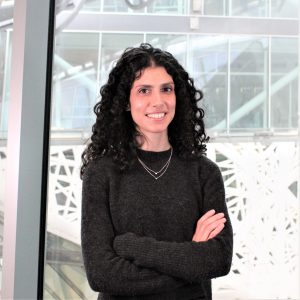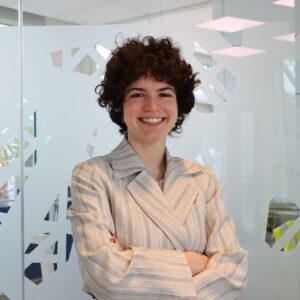
Health Data Science
RESPONSABILE: Emanuele Di Angelantonio RESPONSABILE ASSOCIATO: Francesca IevaL’Health Data Science Centre, istituito in collaborazione con il Politecnico di Milano, vuole contribuire a trasformare la comprensione scientifica e, di conseguenza, la prevenzione e la cura delle malattie attraverso l’uso di data science su larga scala per sostenere approcci concreti e innovativi che migliorino la salute della popolazione.
L’obiettivo del Centro è quello di aiutare la ricerca di nuove importanti conoscenze cliniche attraverso studi integrativi innovativi su dati genetici, cartelle cliniche elettroniche, imaging, dati indossabili e biomolecolari. Il fine ultimo è creare nuove infrastrutture informatiche, capacità analitiche, metodi di data science e programmi di ricerca multidisciplinare che consentano il progresso della ricerca sanitaria in Italia e nel mondo.
Per raggiungere il suo obiettivo, il Centro userà tre approcci complementari: (i) raccolta e integrazione di dati sanitari da molteplici fonti amministrative, stabilendo un dialogo con i distretti sanitari regionali, gli ospedali e le società scientifiche; (ii) generazione di nuovi dati biomolecolari dagli studi di popolazione; e (iii) miglioramento dell’analisi e dell’interpretazione dei dati, utilizzando nuovi metodi analitici integrati con l’epidemiologia clinica e la ricerca sanitaria.
Il Centro si propone di diventare un’istituzione di riferimento per l’analisi dei dati sanitari su larga scala, operando in sinergia con partner nazionali e internazionali. Il suo lavoro riflette l’approccio globale alle scienze della vita di Human Technopole, che comprende la ricerca di base e l’uso dell’intelligenza artificiale e dei big data per migliorare la salute e il benessere umani.
Gruppi di ricerca
-
Di Angelantonio & Ieva Group
Nel Di Angelantonio & Ieva Group epidemiologi, statistici e data scientists lavorano insieme per colmare il vuoto nelle conoscenze tra genotipo e fenotipo andando a studiare vari livelli di dati molecolari per indagare lo stato di salute degli individui e della popolazione.
-
Zuccolo Group
Nello Zuccolo Group, epidemiologi, statistici e data scientist analizzano dati complessi altamente dimensionali per migliorare la nostra comprensione della salute materna e infantile, con particolare attenzione agli effetti intergenerazionali. Sviluppiamo nuove pipeline di dati e acquisizioni di fenotipi, applicando al contempo metodi all’avanguardia per un’inferenza capace di informare la traduzione della conoscenza. Descriviamo le tendenze […]
Membri del centro
-
 Emanuele Di Angelantonio
Emanuele Di Angelantonio
Head of Health Data Science Centre -
 Francesca Ieva
Francesca Ieva
Associate Head of Research centre -
 Luisa Zuccolo
Luisa Zuccolo
Research Group Leader -
 Claudia Crovace
Claudia Crovace
Research Centre Administrator -
 Gianmauro Cuccuru
Gianmauro Cuccuru
Data Manager -
 Dariush Ghasemi Semeskandeh
Dariush Ghasemi Semeskandeh
Statistical Geneticist -
 Claudia Giambartolomei
Claudia Giambartolomei
Senior Manager - Data Analytics - Health Informatics and Population Bioresources -
 Giulia Mangiameli
Giulia Mangiameli
Scientific Project Manager -
 Giulia Pontali
Giulia Pontali
Bioinformatician -
 Deborah Zani
Deborah Zani
Junior Data Manager -
 Giulia Elizabeth de Sanctis
Giulia Elizabeth de Sanctis
Undergraduate Intern


